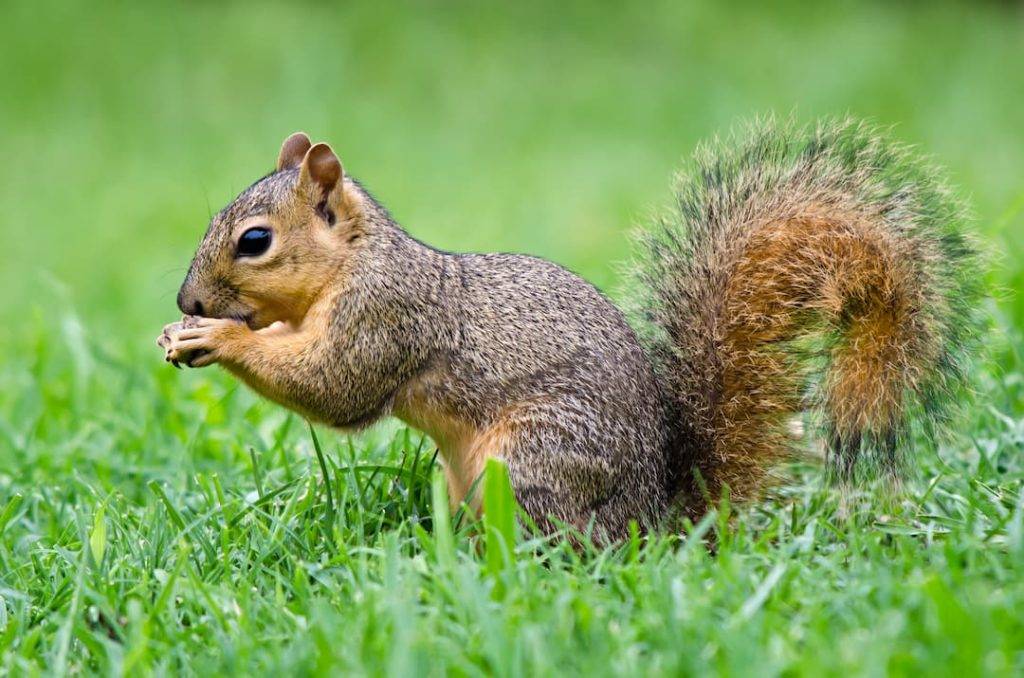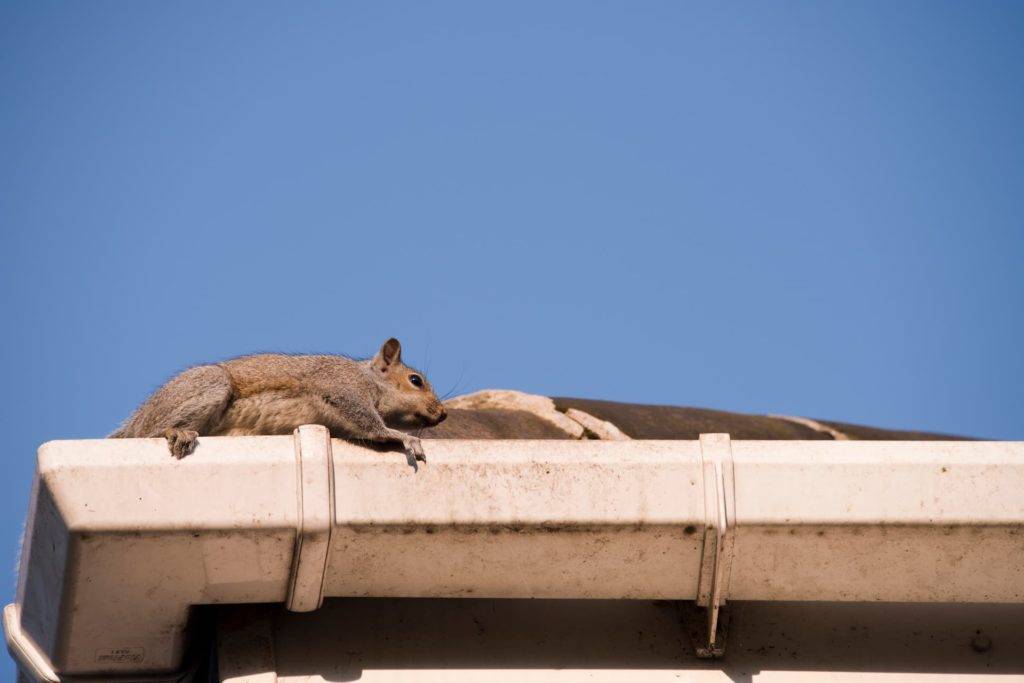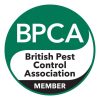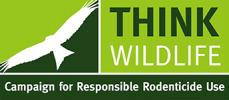Squirrels become quite a nuisance when they decide to make our attics their home, that’s why effective rodent control is essential. Not only do they have the potential to cause significant structural damage, but they can also pose health risks through the droppings and urine they leave behind. Addressing a squirrel infestation requires a strategic approach, focusing on professional techniques designed to keep these rodents at bay. This guide offers a comprehensive look at effective squirrel control measures, tailored to homeowners seeking to safeguard their properties.
Understanding Squirrel Behaviour & Rodent Control
Recognising the signs of a squirrel infestation is the first step towards effective control. These rodents are primarily active during the day, making it easier to spot signs of activity such as noise from their movements in the attic. Squirrels are known for their gnawing habit, which helps them keep their continuously growing teeth at a manageable length. This behaviour can lead to significant damage to your attic’s woodwork, wiring, and insulation.
Seasonality Of Infestations
Squirrel infestations tend to peak during the colder months, as these animals seek shelter and a place to nest. As a a result, rodent control is often most necessary during these seasonal months. However, vigilance is required year-round, as squirrels can take up residence in your attic at any time, especially if they find it an inviting and safe environment. Regular inspections of your attic and roof can help you spot potential entry points or signs of infestation early.

Professional Techniques For Squirrel Control
Entry Point Sealing: A thorough inspection of your attic and roof by a professional can identify potential entry points for squirrels. These can range from loose tiles to gaps in the eaves, or holes in the siding. Sealing these entry points is critical in preventing squirrels from gaining access to your attic.
Traps & Removal: Professionals often employ traps to capture and remove squirrels from your property. These traps are placed near entry points or the paths squirrels are known to use. It’s important to check these traps regularly to ensure any captured squirrels can be relocated promptly and humanely.
Repellents & Deterrents: Various repellents and deterrents can be used to make your attic less appealing to squirrels. These can include ultrasonic devices, which emit a sound that is unpleasant to squirrels but inaudible to humans, or the use of specific scents that squirrels find repulsive.
Professional Proofing: Beyond sealing entry points, professionals can install wire mesh or metal flashing to prevent squirrels from chewing their way back into your attic. This proofing is especially important in areas where squirrels have shown persistence.
Habitat Modification: Reducing the attractiveness of your property to squirrels can also be a key strategy. This may involve trimming tree branches that provide easy access to your roof, removing food sources such as bird feeders, or ensuring that garbage bins are securely sealed.
Recognising Signs Of Infestation
Awareness of the signs of a squirrel infestation can lead to earlier intervention and control. These signs include unusual noises, such as scratching or scurrying in the attic, visible damage to the exterior of your home, and droppings or nesting materials in the attic. Early recognition of these signs allows for quicker implementation of control measures, potentially saving homeowners from more extensive damage and costs.
Contact Green Valley Pest Control For Professional Rodent Control Services
If you’re struggling with squirrels or any other rodents in your home or property, then get in touch with Green Valley Pest Control. We’re fully qualified, experienced and equipped to tackle all pest control with humane and effective solutions. Give us a call today to find out more.






